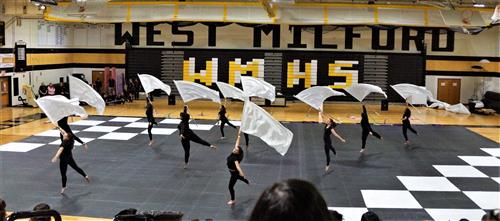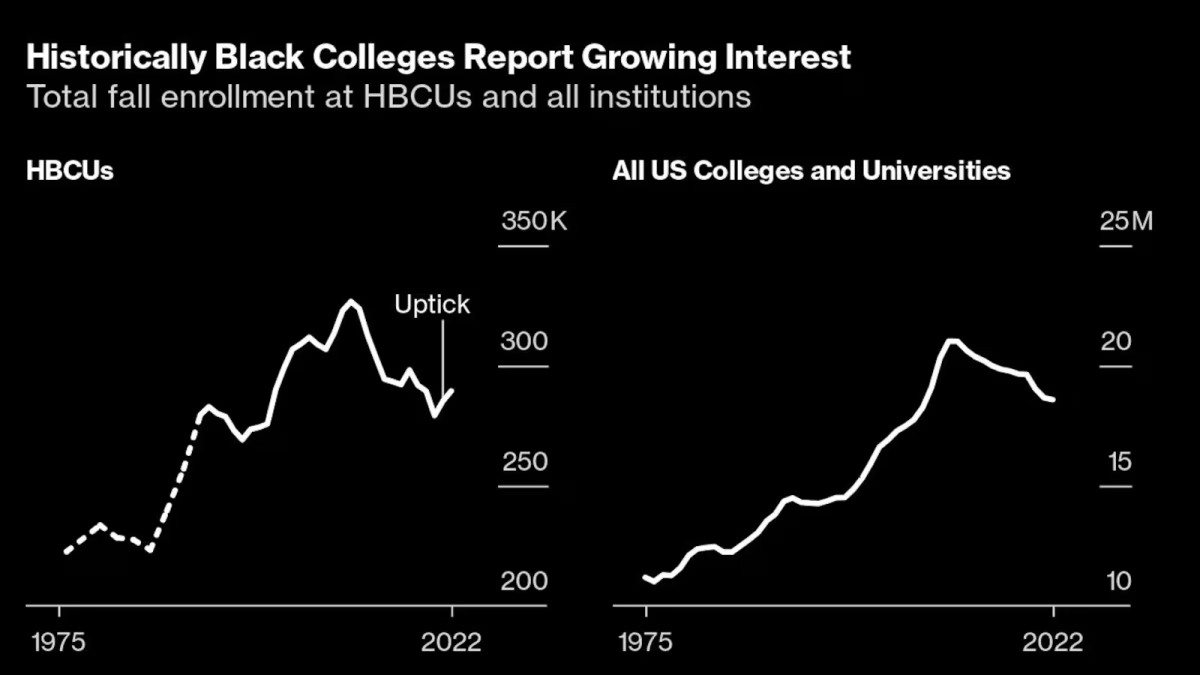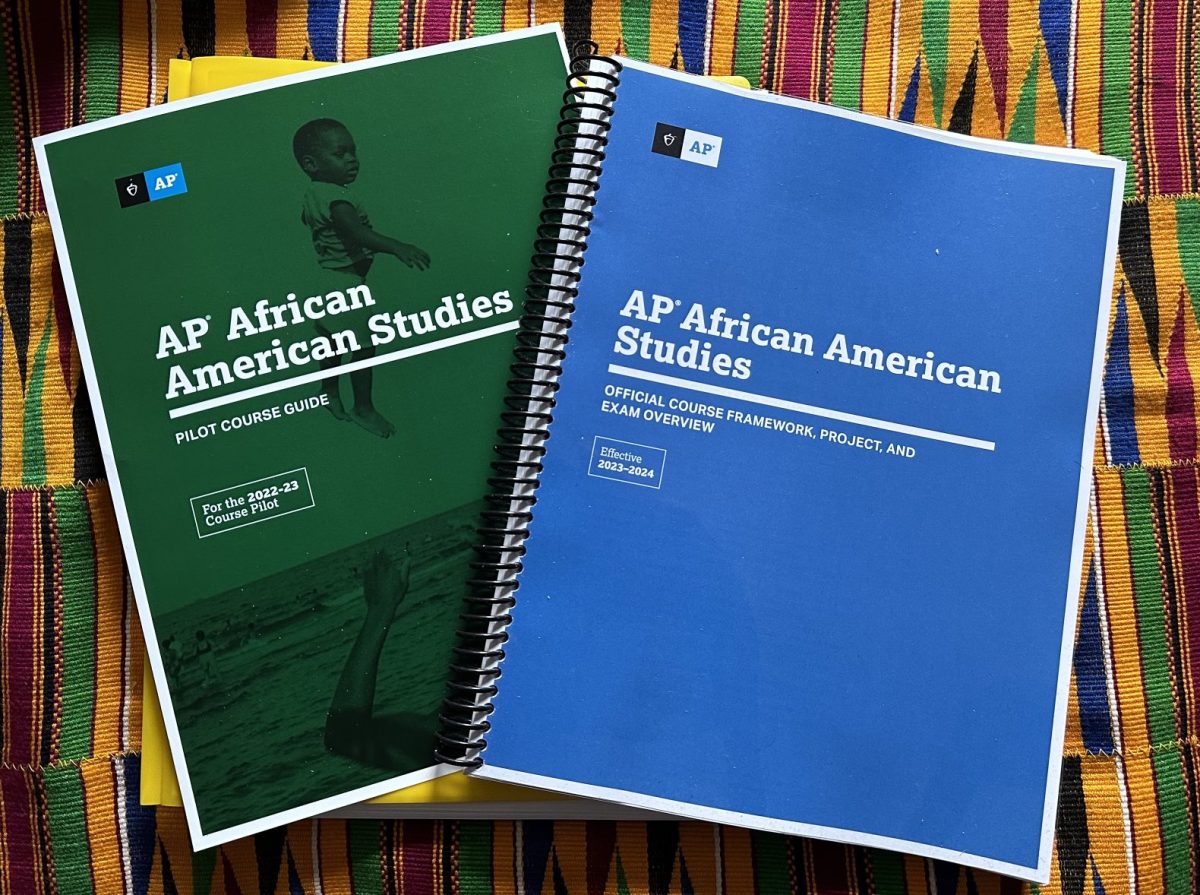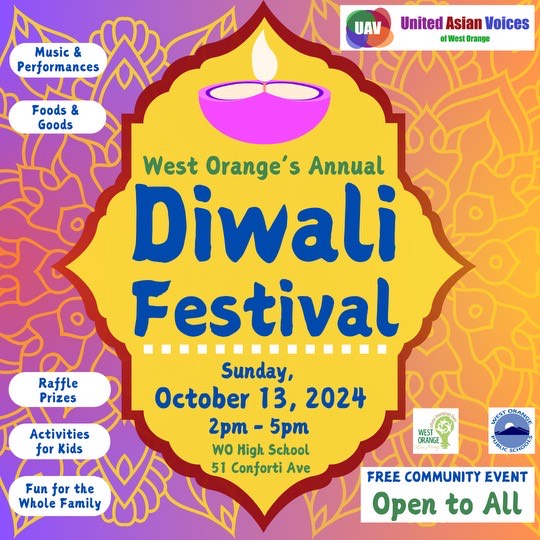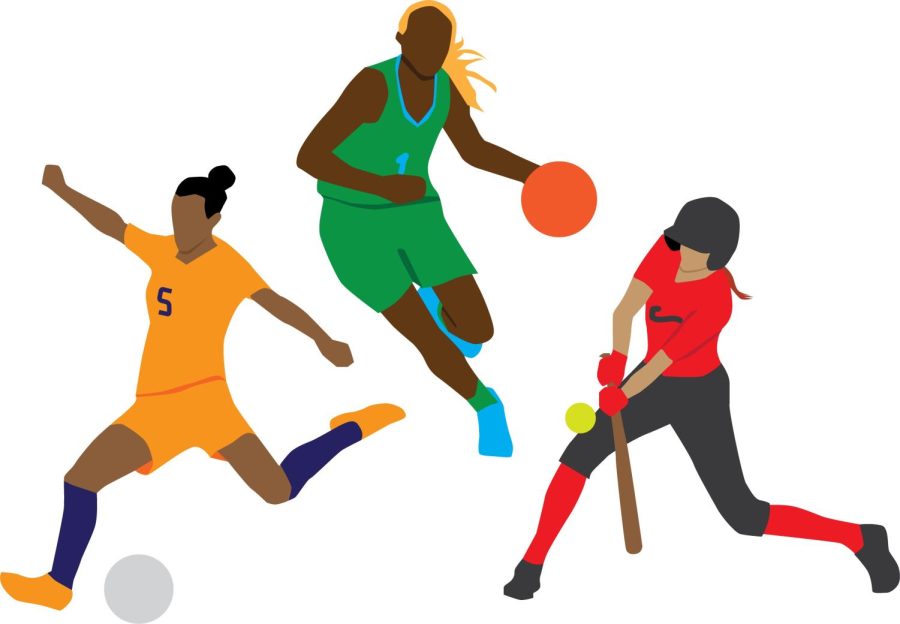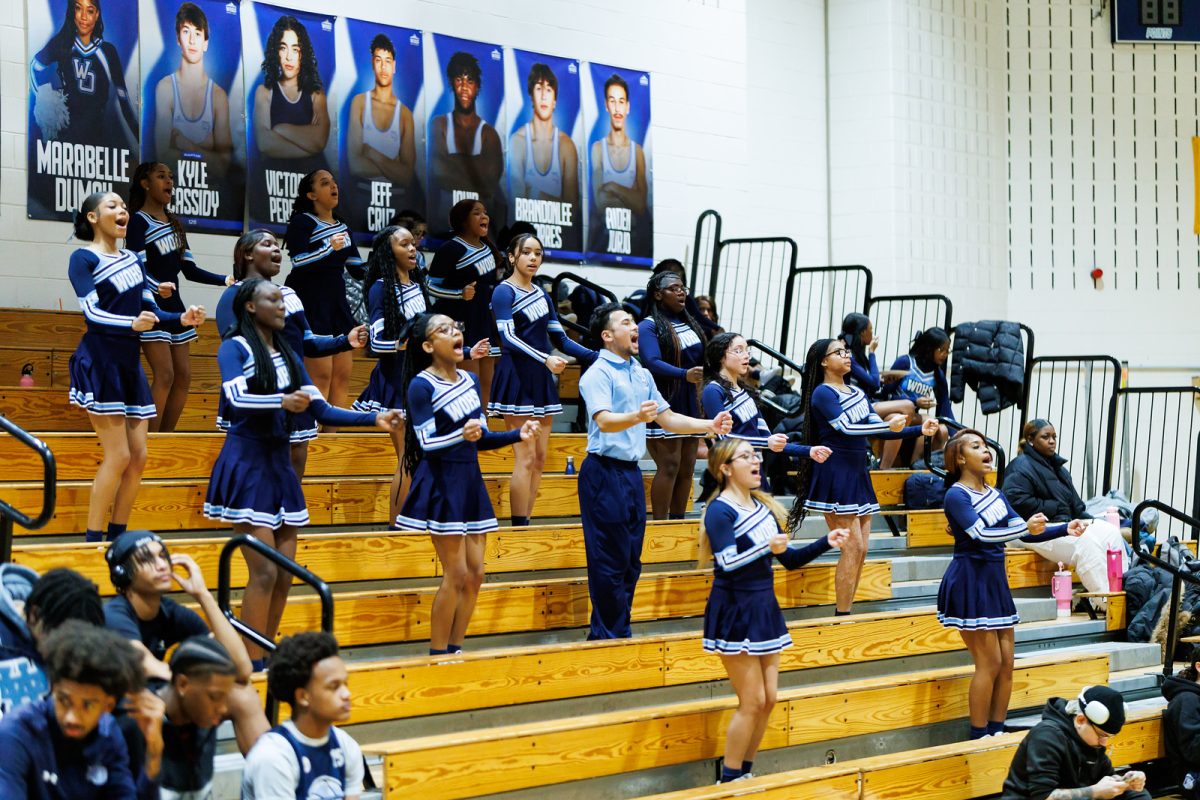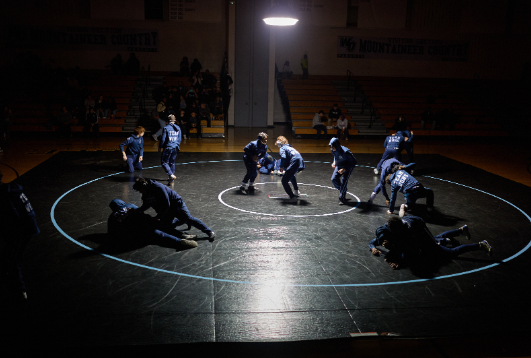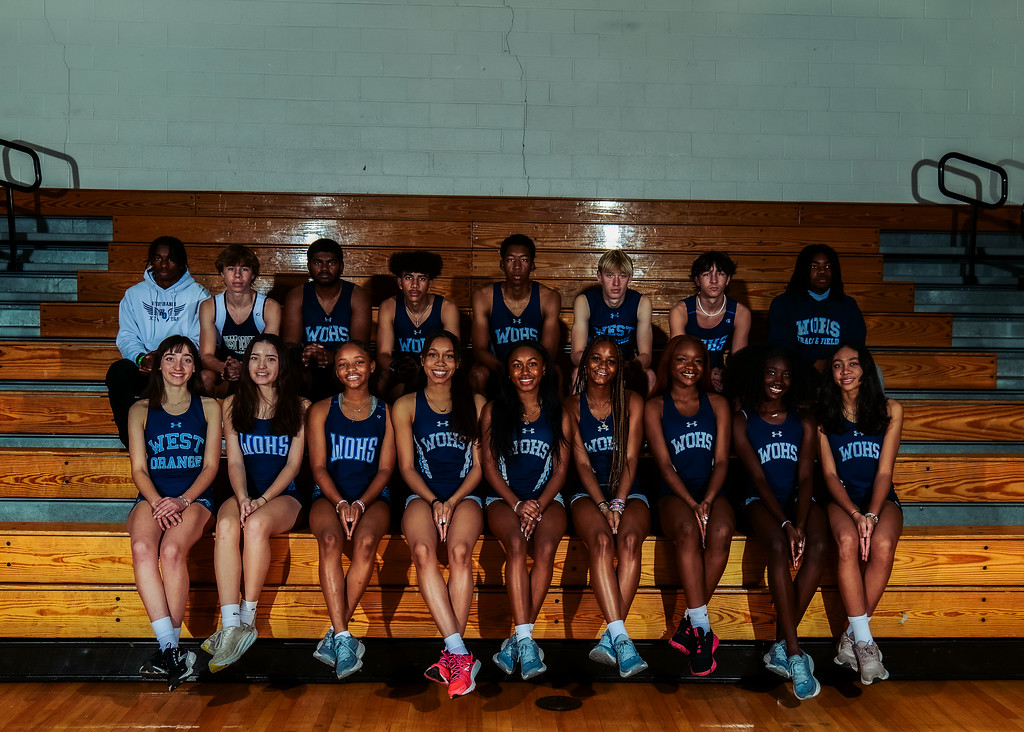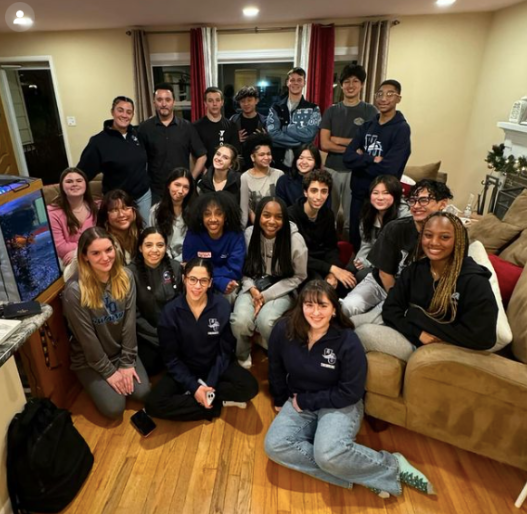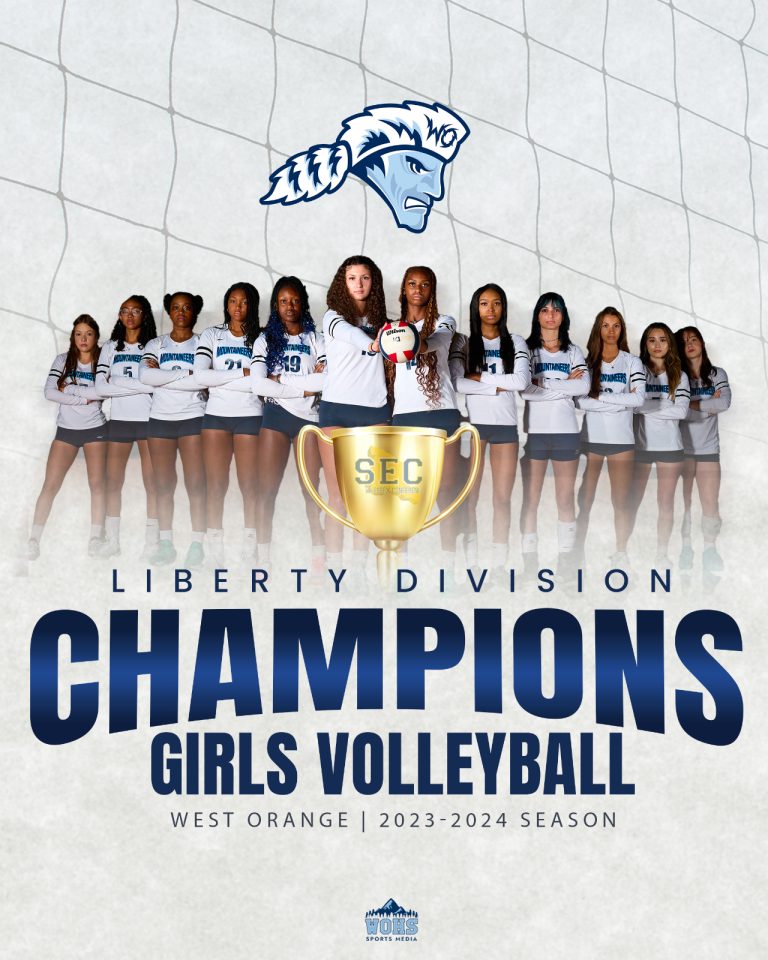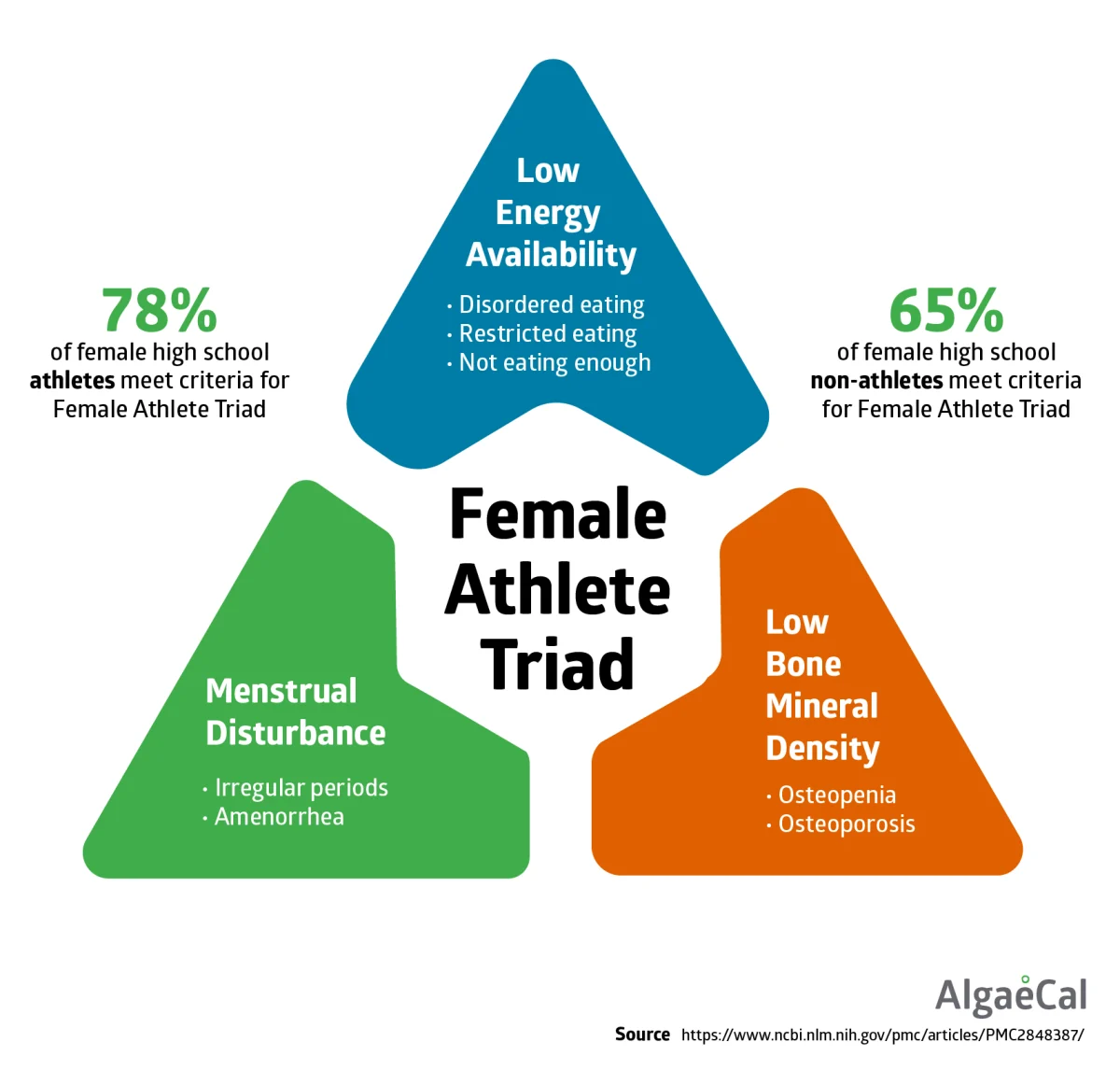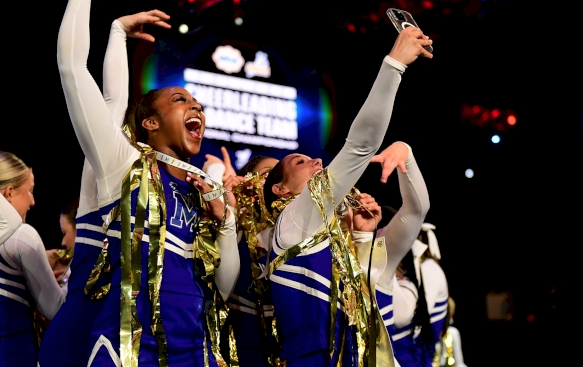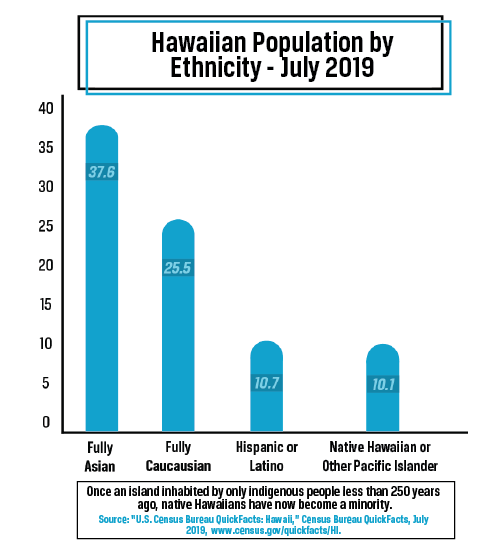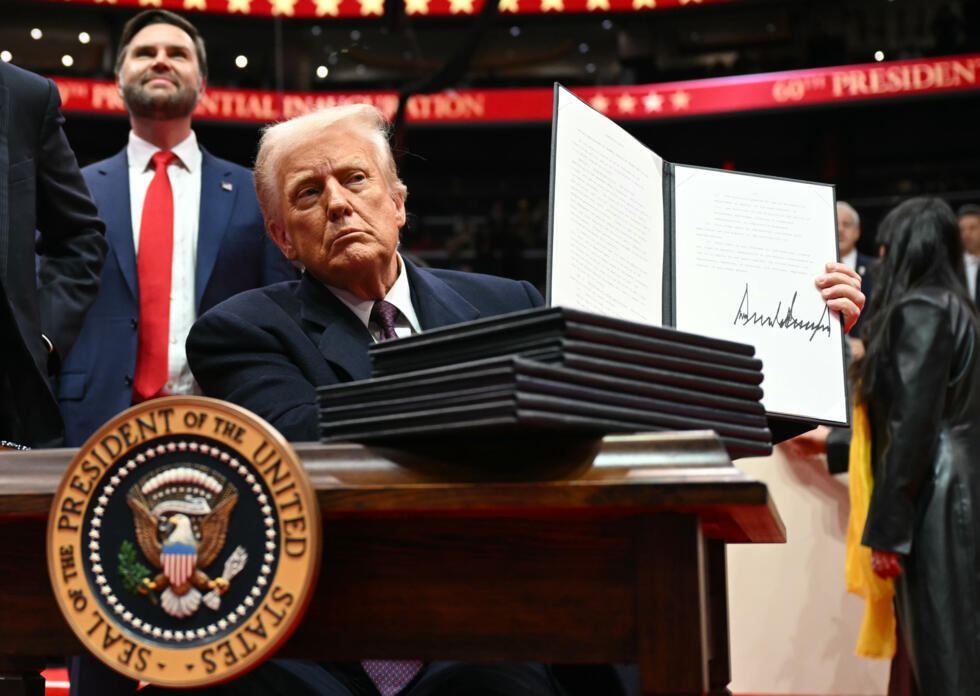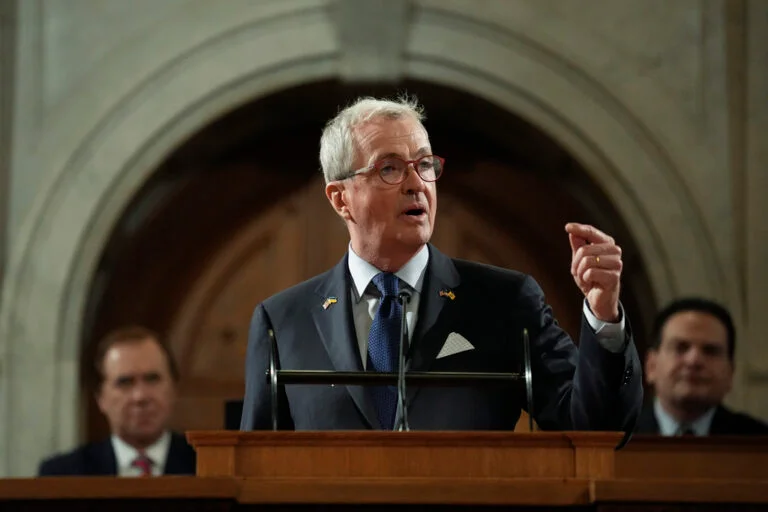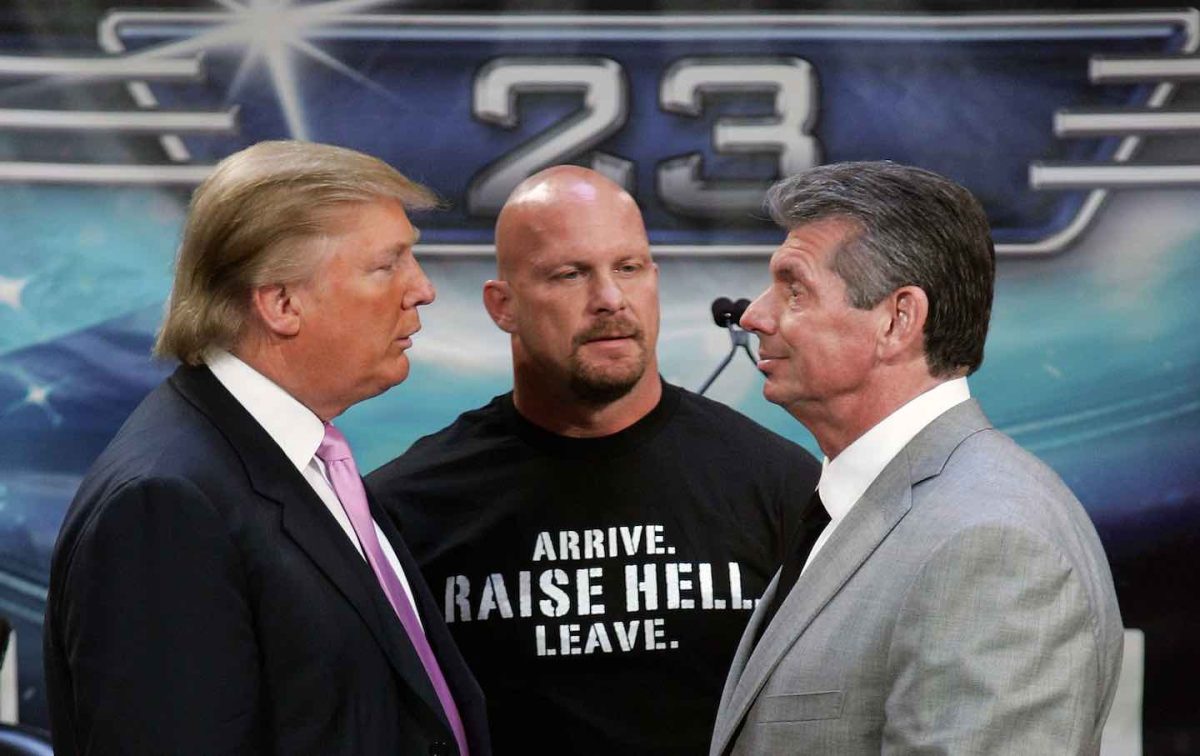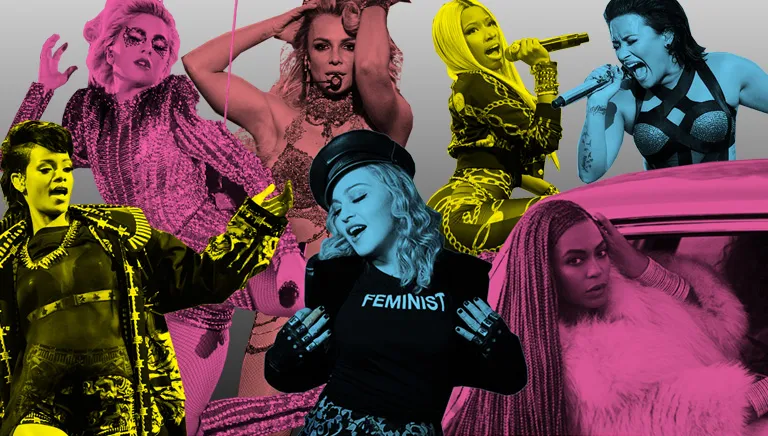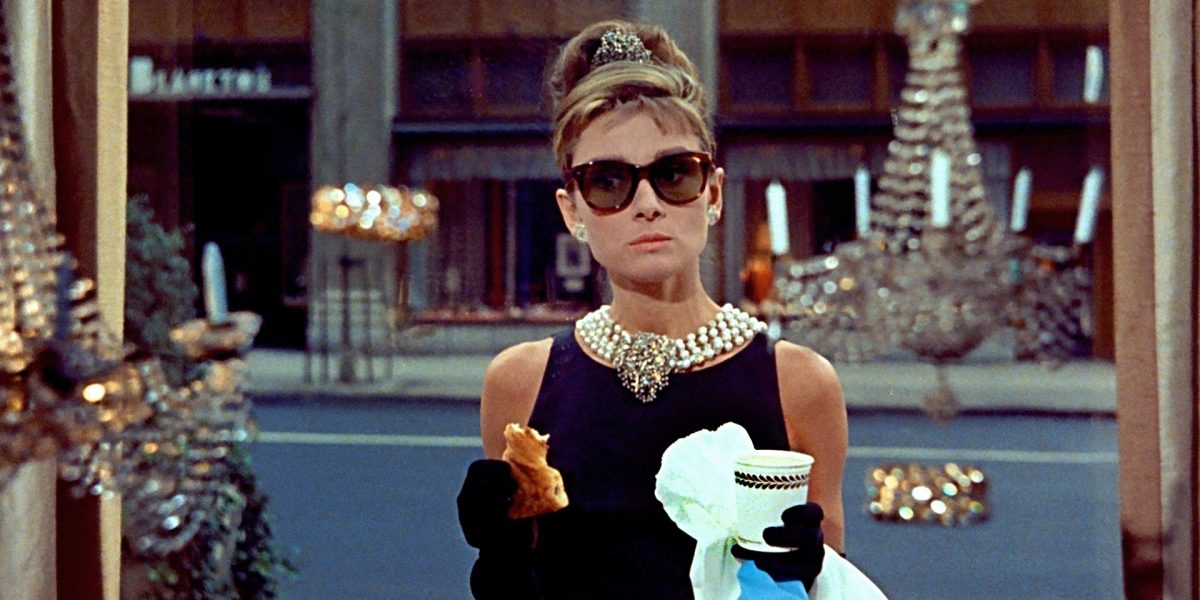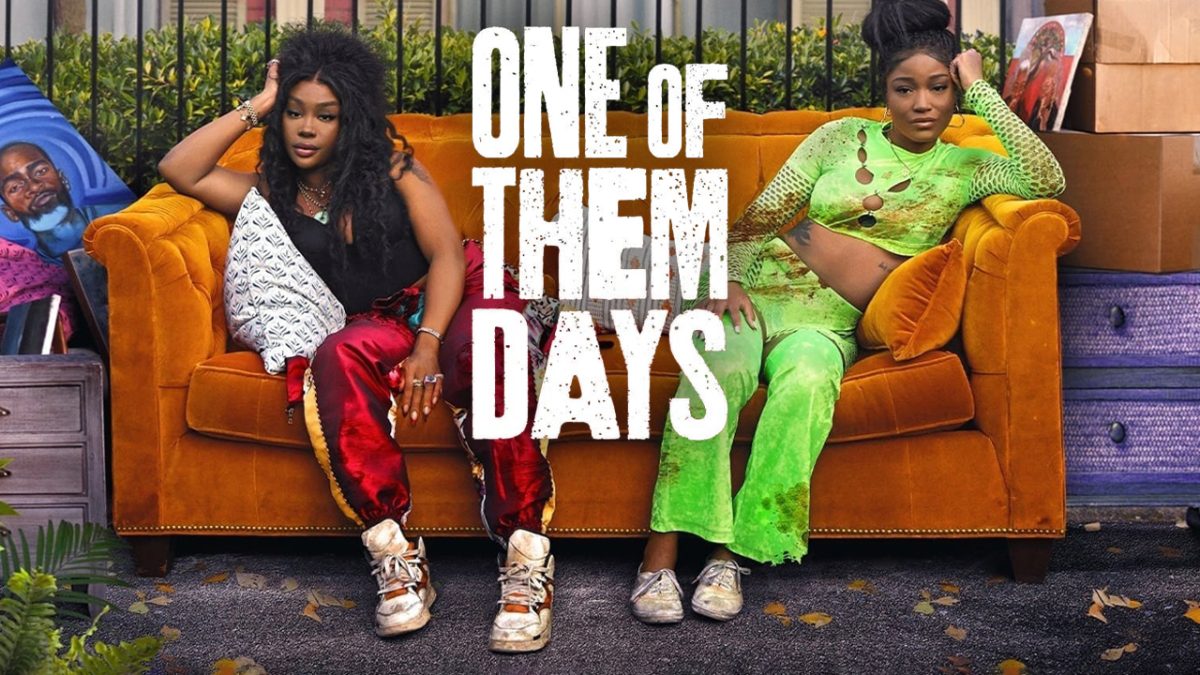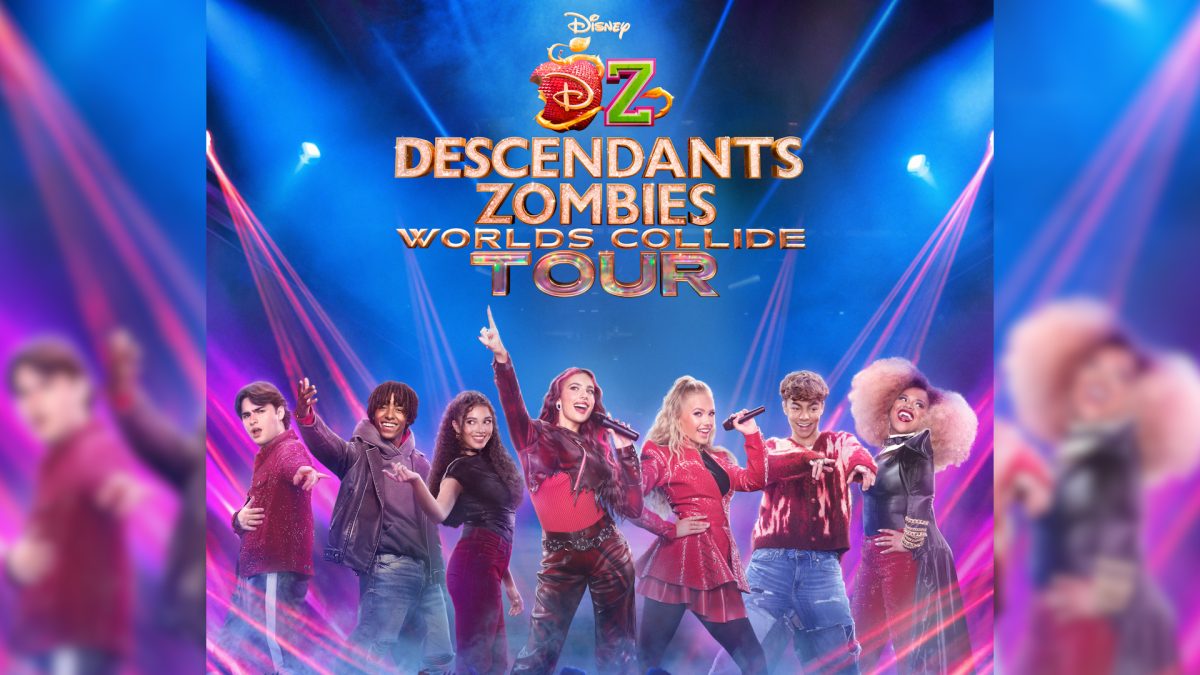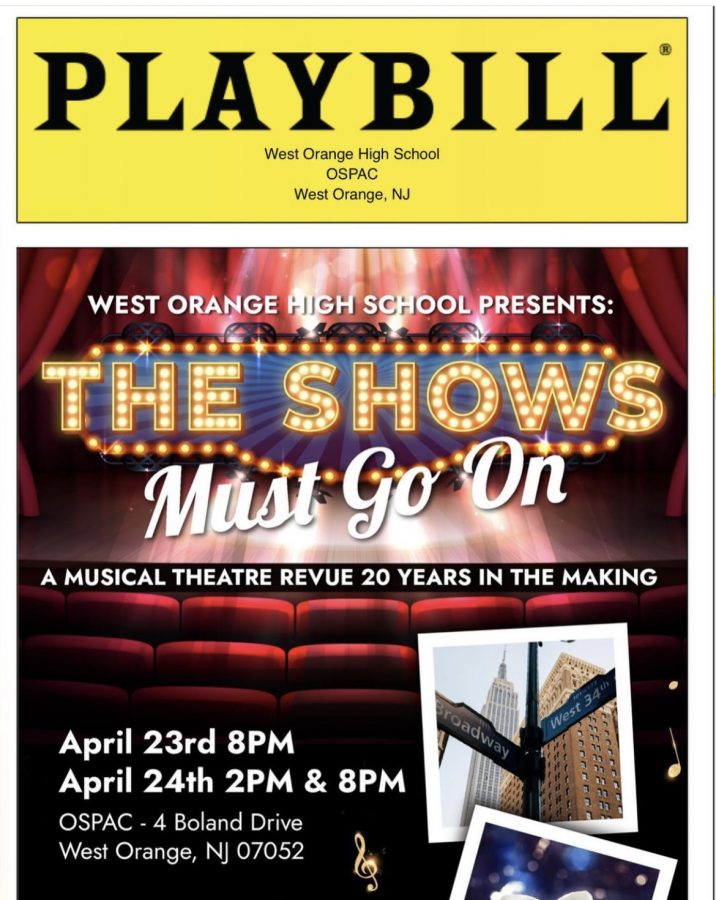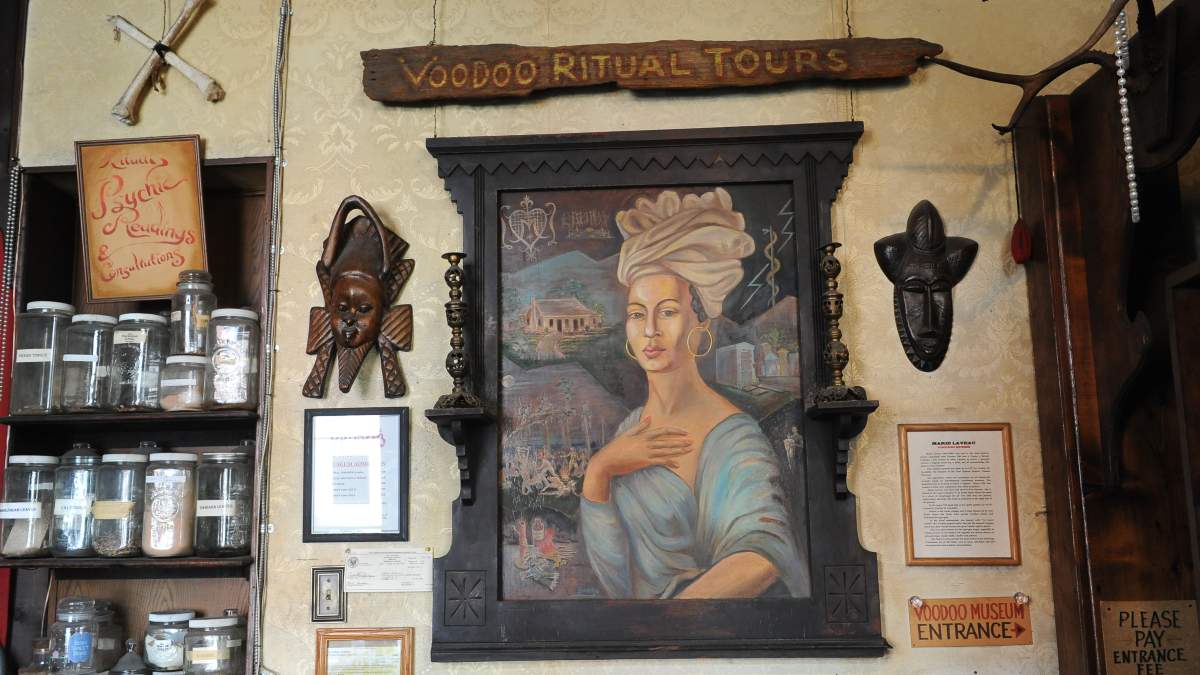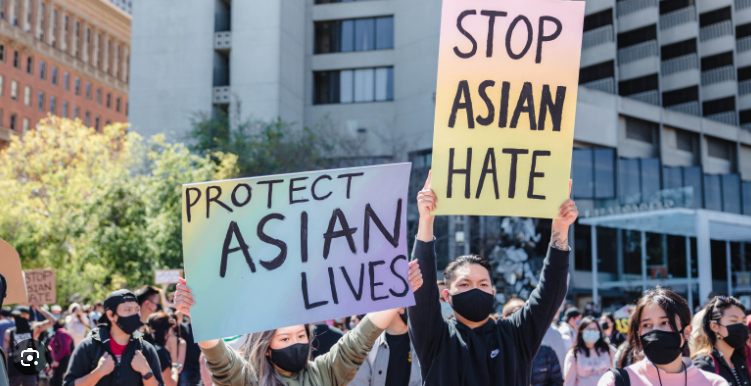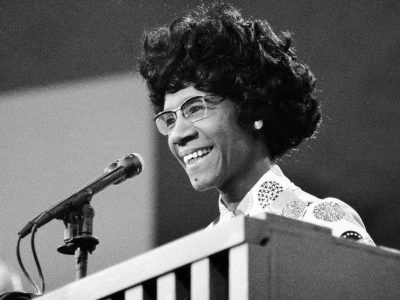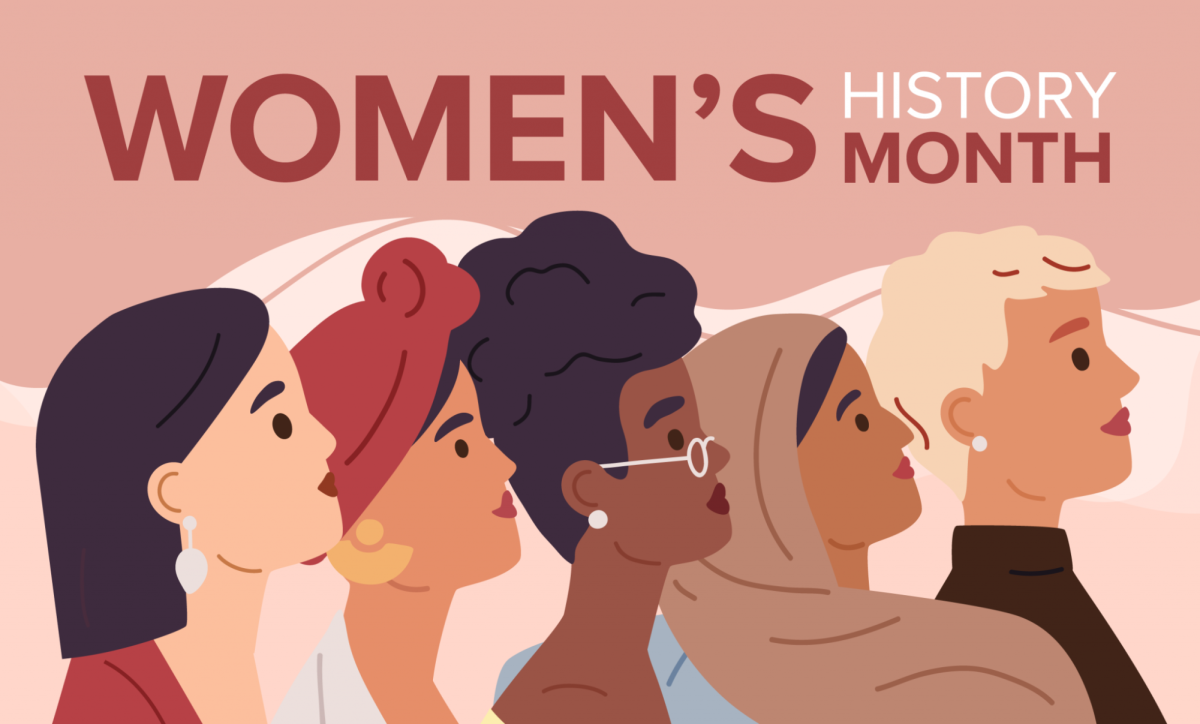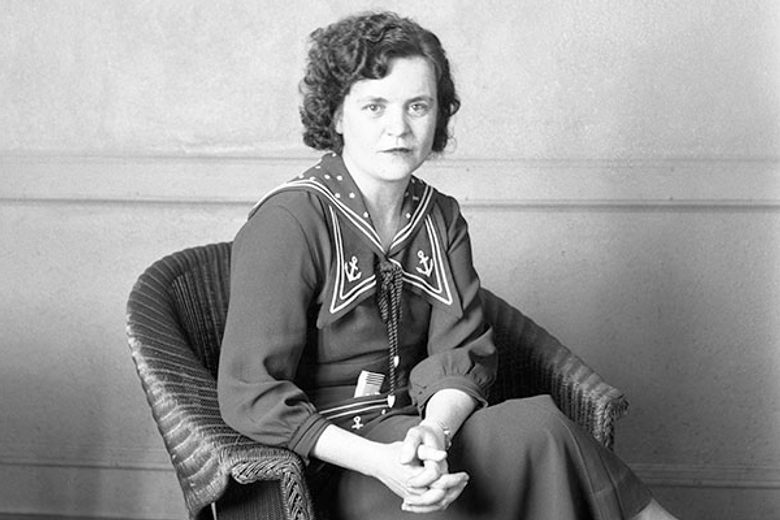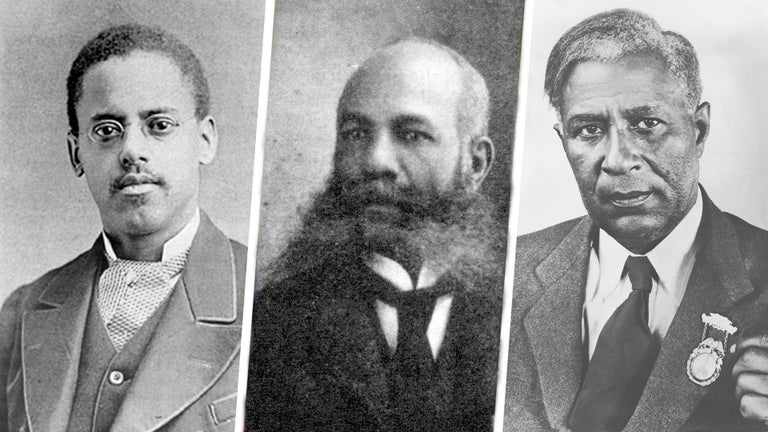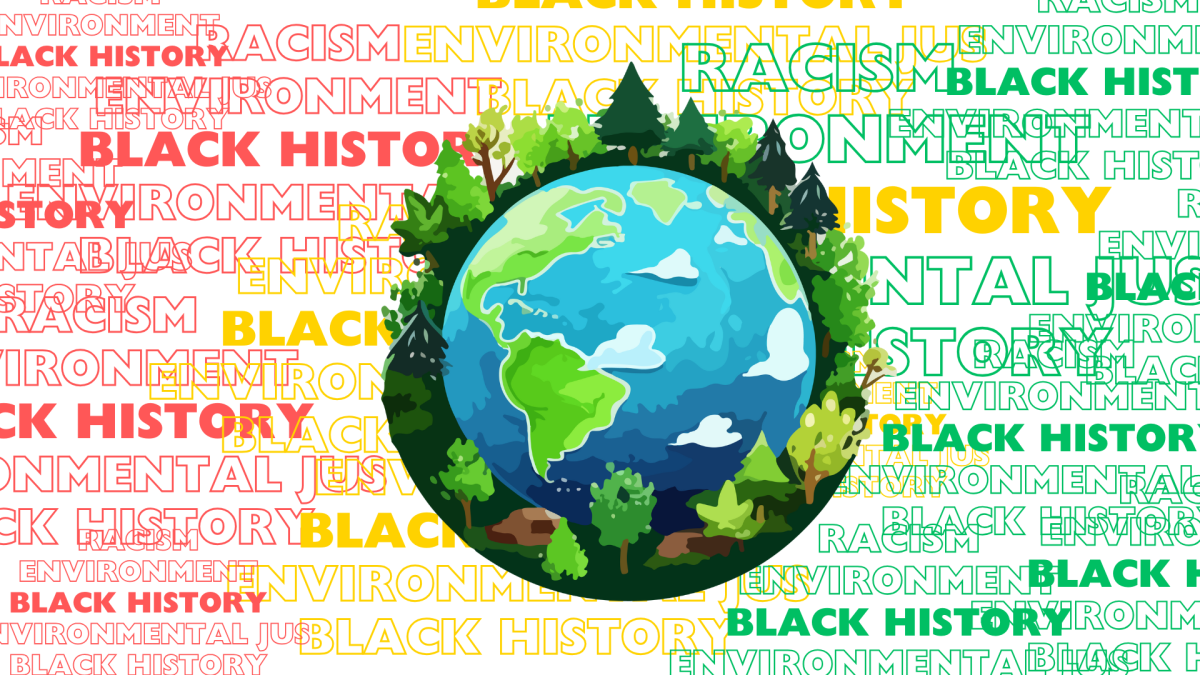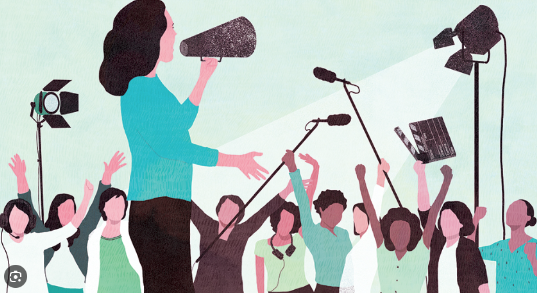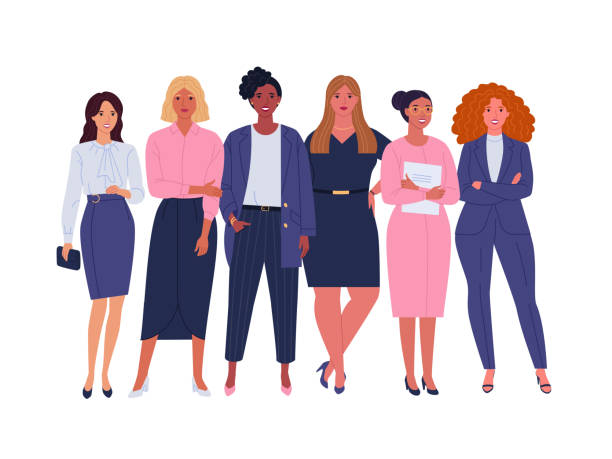Throughout history, women have been consistently underrepresented in the movie industry, but slowly, their role has started to change positively. Women of color are also particularly underrepresented in the movie industry. Although many are making progress and are notable today, they have contributed significantly to the evolution of the movie industry.
From the early days of silent films to the modern era of blockbuster hits, women have played integral roles both on and off-screen, reshaping narratives, challenging stereotypes, and inspiring audiences worldwide but often not receiving credit.
Historically, women in the movie industry have faced numerous obstacles, including limited opportunities for meaningful roles, unequal pay, and systemic discrimination. Despite these challenges, brave and determined women forged paths to success, defying societal norms and paving the way for future generations.
One of the earliest examples of women making their mark in cinema is Mary Pickford, known as “America’s Sweetheart.” Pickford was not only a talented actress but also a savvy businesswoman who co-founded United Artists, a pioneering film studio, alongside Charlie Chaplin, Douglas Fairbanks, and D.W. Griffith. Her influence extended beyond the screen, demonstrating that women could excel both creatively and commercially in the male-dominated industry.
As the decades progressed, more women began to assert themselves in various aspects of filmmaking. Directors such as Dorothy Arzner, who became the first woman to join the Directors Guild of America in 1936, shattered barriers and paved the way for future female filmmakers. Despite facing significant gender-based discrimination, Arzner’s work left an indelible mark on cinema, showcasing a unique perspective and storytelling prowess.
In front of the camera, actresses like Katharine Hepburn, Josephine Baker Bette Davis, and Audrey Hepburn captivated audiences with their talent, charisma, and versatility. These iconic women challenged traditional notions of femininity and portrayed complex, multi-dimensional characters, earning accolades and acclaim in an industry often resistant to change.
The feminist movement of the 1960s and 1970s brought renewed attention to gender inequality in Hollywood, sparking conversations about representation, equal pay, and opportunities for women in the industry. Actresses such as Meryl Streep and Jane Fonda used their platforms to advocate for gender equality while filmmakers like Nora Ephron and Penny Marshall broke through barriers to become successful directors in their own right.
Despite progress, challenges persist for women in the movie industry. Studies have consistently shown that women are underrepresented both in front of and behind the camera, with fewer opportunities for leading roles, directorial positions, and executive roles within studios. The #MeToo movement, which gained momentum in 2017, shed light on the prevalence of sexual harassment and abuse in Hollywood, prompting calls for systemic change and accountability.
However, amidst these challenges, there are signs of progress and hope. Women-led projects such as Patty Jenkins’ “Wonder Woman” Shonda Rhimes’s “Scandal,” Amy Tan’s “The Joy Luck Club” (that was later made into a movie), and Catalina Aguilar Mastretta’s “Everybody Loves Somebody” have achieved critical and commercial success, proving that stories centered on women can resonate with audiences of all genders. Additionally, initiatives like the 50/50 by 2020 campaign and the Time’s Up movement continue to advocate for gender parity and inclusivity in the industry.
It is clear that the contributions of women to the movie industry are indispensable and invaluable. From actors and directors to producers and screenwriters, women continue to shape the landscape of cinema, enriching our collective cultural experience and inspiring future generations to dream big and defy expectations. Through perseverance, resilience, and creativity, women in the movie industry are breaking barriers, challenging stereotypes, and changing the world, one industry at a time.
